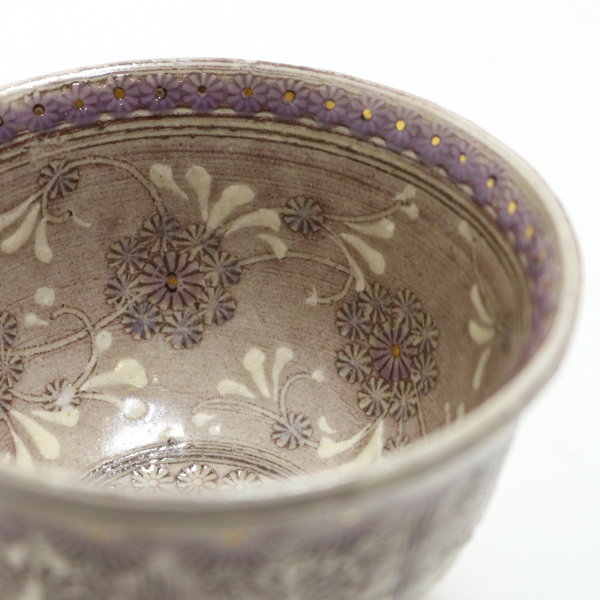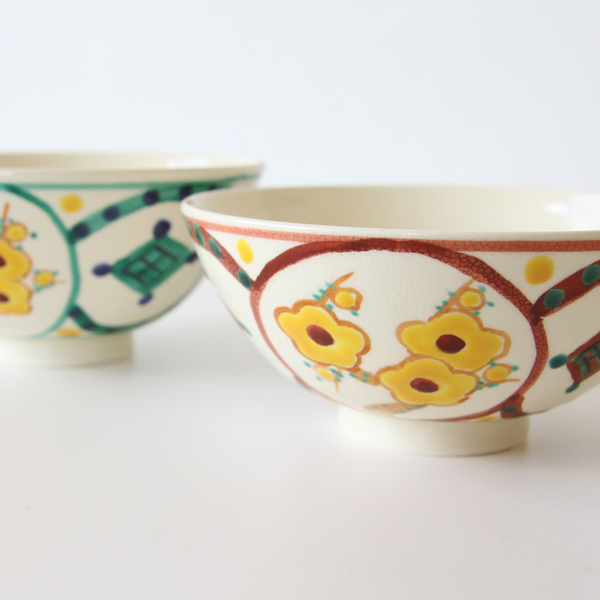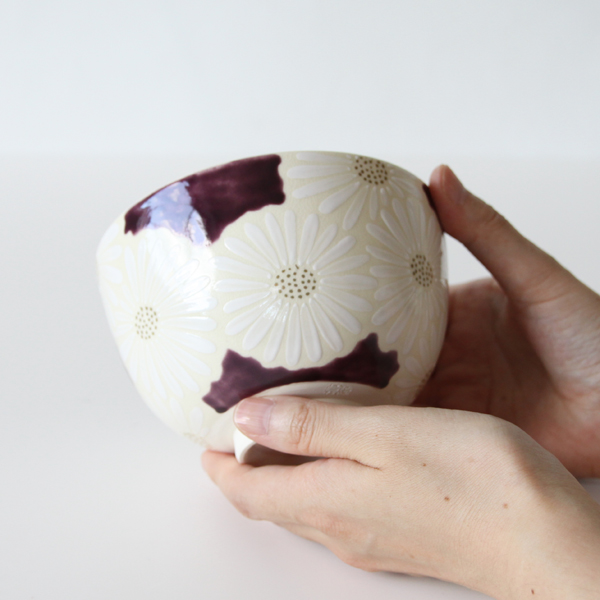- トップページ/
- ZUTTOのよみもの/
- Japanese brands/
- Kiyomizu-yaki, At...
Kiyomizu-yaki, Attractive Japanese Pottery Developed in Kyoto
Brief introduction of Japanese pottery & porcelain
Japan has a long history of pottery and porcelain. There are many kilns all over the country that have been passed down from centuries ago. Japanese pottery and porcelain have related or influenced on the culture, art, and religion, and each of them has developed a unique style for hundreds of years.
Broadly speaking, pottery and porcelain are the two major ceramics. Pottery is formed with clay and hardened by firing. Porcelain is made of refined clay - usually kaorin - and heated at a much higher temperature than pottery in a kiln. Porcelain becomes so hard and translucent while pottery has more rough surface.
Both pottery and porcelain are decorated with colorful pigments. Using a thin brush, craftsmen have drawn traditional patterns that have handed down to today's production.
What is Kiyomizu-yaki?
Kyoto is the former capital of Japan, where traditional Japanese culture still remains. There are numbers of temples, shrines, gardens, and streets that have built centuries ago, and various kinds of culture have evolved in this place.
Kiyomizu-yaki or Kiyomizu ware is produced when the tea ceremony became popular in the 16th century. The pottery is named Kiyomizu because it was made along the street leading to Kiyomizu Temple.
For the tea ceremony, many teacups were produced. In Kyoto, many artisans from all over Japan concentrate on manufacturing and developing the pottery. By having many skilled artisans and high-quality material, the style of Kiyomizu-yaki has been sophisticated.
Kiyomizu-yaki has great variety, including a simple teacup to a colorful vase. Each product is the result of the gathering of technique, thoughts, and senses.
Kiyomizu-yaki for everyday life
NISHIKAWA TEIZABURO SHOTEN is a brand of Kiyomizu-yaki founded on Gojo street of Kyoto in 1917. The brand has manufactured various kinds of Kiyomizu-yaki and also exported the pottery to other countries since its foundation.
NISHIKAWA TEIZABURO puts an emphasis on keeping the traditional style of Kiyomizu-yaki, and conveying the sense of joy to see the change of seasons and the beauty of nature in Japan at the same time.
This is a coffee cup with camellia flowers. It is a small cup of espresso but the decoration is beautifully drawn by hand. Placing colorful blooming flowers symbolizes the glamorous style of Kiyomizu-yaki.
Here is a set of rice bowls with engraved flowers. The bowls are made without glazing that you can feel the touch of clay. The pattern called Mishima originally means engraved decoration with white clay. As placing blue and pink pigments instead, the bowls become a delightful look.
CHOPSTICK RESTS GOURD SET OF 5
A gourd has been recognized as a lucky charm against evil spirits in Japan. Imitating the gourd, the chopstick rests are glazed and decorated glossy. For the center of each chopstick rest, gold pigment is used to make the pottery more gorgeous.
Click here to find more Kiyomizu-yaki
Find more Japanese products on our Instagram
See more about International Shipping












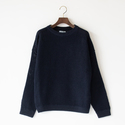




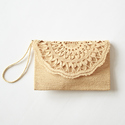





%20MILK.jpg)












.jpg)


































.jpg)










.jpg)

.jpg)




















